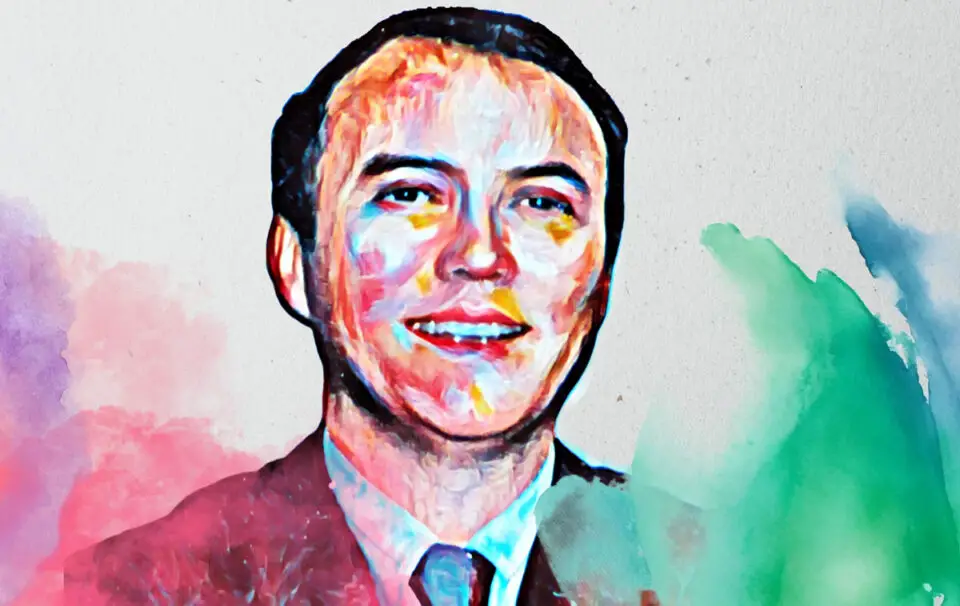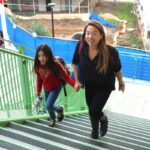In the weeks after Carlsbad resident Michael Salour’s last solo flight on a rainy night in November, friends and family members remember his remarkable friendship and contributions to physics while continuing to wrestle with the circumstances surrounding his death.
A successful businessman, Iranian royal and highly-trained pilot, Salour, 74, was killed on Nov. 15 after crashing his single-engine Cessna into a residential La Jolla hillside.
According to flight control recordings, Salour’s plane had run out of fuel during a flight from the Bay Area to San Diego, a trip his niece Feri Partovi said the Harvard-educated physicist and former MIT professor had made hundreds of times.
“We’re really shocked,” Partovi told The Coast News. “This is a route my uncle took 300 times, at least. He loved flying and was a very conservative pilot. What happened?”
The National Surface Transportation Board is investigating the fatal crash and is expected to release a full report in 18 months.
Until then, friends and loved ones are struggling with the idea that a veteran pilot with more than 50 years of flying experience crashed during a routine milk run down the California coastline.
According to his website, Salour had over 17,700 hours of logged flight time, held a federal airline transport pilot license from the FAA and certifications in larger transport and passenger aircraft — DC-3, DC-9, DC-10, B-727, B-737, and B-747 airliners — and spent time as a commercial pilot for United Airlines.
Salour also held senior-level flight certifications (flight engineer, flight instructor and instrument flight instructor) and was deemed a technical expert “thoroughly familiar with the operation and function of various airplane components.”
“I’m just kind of surprised that he didn’t have enough fuel,” said Jim Bechtel, a longtime friend and colleague. “I’ve flown with him quite a few times. He was very careful when flying. I just don’t understand exactly why he didn’t have more fuel. I know the weather was bad and he tried to land several places. I thought he would’ve had enough fuel to get to an airfield and touch down. It just seemed out of character.”
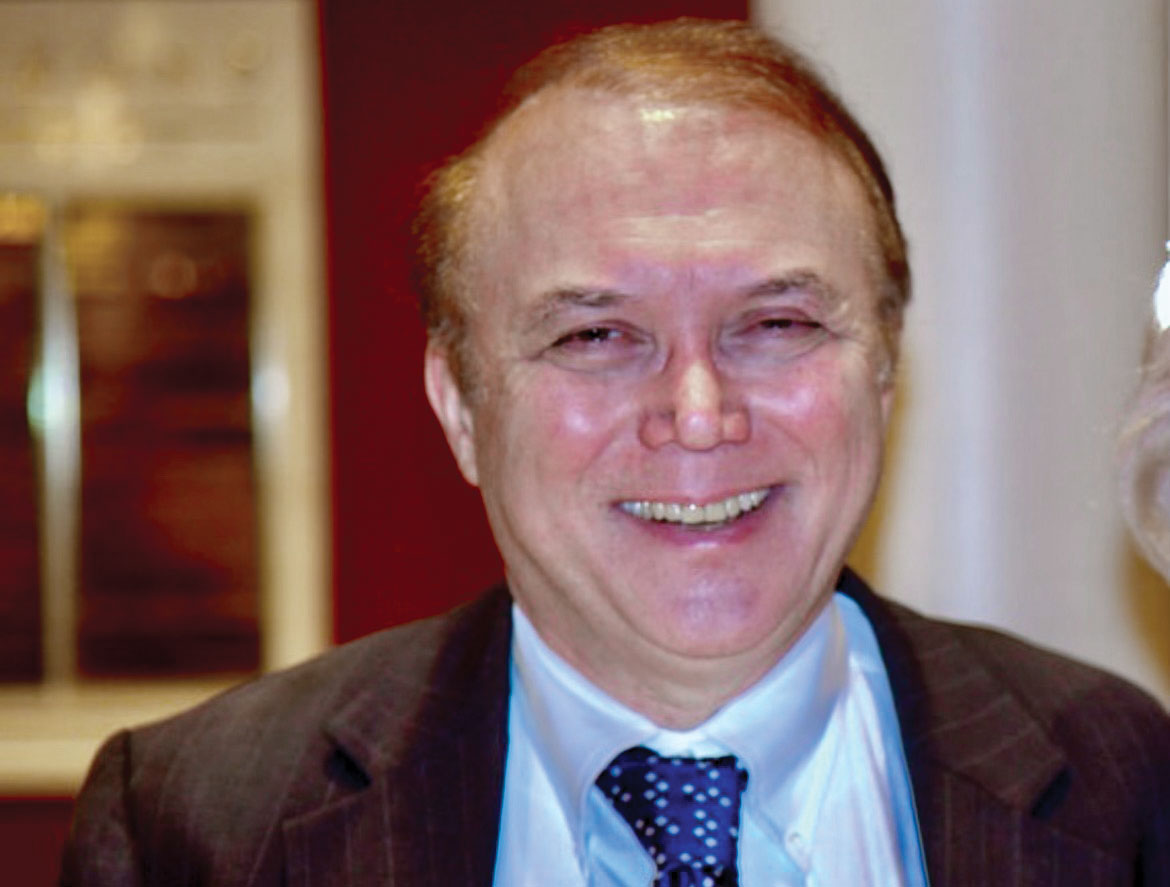
Tom Call, a pilot and Princeton-educated physicist who worked with Salour, echoed the sentiments about his friend’s temperament and experience as an aviator, flying with him on several occasions and earning his night currency with Salour as his flight instructor.
“Michael was a very confident, accomplished, and meticulous pilot,” Call said. “As a pilot, the events of Nov. 15 and how they transpired puzzle me. But out of respect for the investigation and Michael, we should all wait to see what they find.”
‘Are you completely out of fuel?’
A week before Thanksgiving, Salour had just finished a short visit with family in the Bay Area and was planning to fly home to Carlsbad, Partovi said. According to the NTSB’s preliminary report and flight records, Salour’s fixed-wing Cessna P210 departed at 5:33 p.m. on Nov. 15 from Buchanan Field in Concord with a destination of French Valley Airport in Murrieta.
At approximately 8:30 p.m., flight tracking shows the light aircraft approached Murrieta and began to circle the airport, unable to land due to poor weather conditions.
The preliminary report said Salour diverted the plane to McClellan-Palomar Airport in Carlsbad, but due to an outage of the airport’s instrument landing system, he elected to fly further south to attempt a landing at Montgomery-Gibbs Executive Airport in San Diego.
Once cleared to land at Montgomery Field, Salour reported to flight control that he couldn’t see the runway, aborted his landing attempt and requested another approach. Salour then notified air traffic controllers that he was running low on fuel.
“Okay, how much fuel do you have left?”
“A few minutes,” Salour said. “Just need to get as fast as we can on the ground.”
The controller instructed him to climb immediately and head west before Salour radioed again a few minutes later: “We’ve lost all our fuel, so we have to make an emergency landing.”
“Centurion 1400, are you completely out of fuel?”
“Affirmative.”
The controller then directed Salour to head east toward a runway roughly two miles away.
“Just continue east; there’s a runway right off your right. Turn to the east. Turn to the east.”
But Salour never radioed back. According to the NTSB, flight control lost radar and radio communications with the plane. At approximately 9:30 p.m., Salour’s plane crashed into a hillside roughly 100 yards away from several homes and condos in the La Jolla Heights neighborhood.
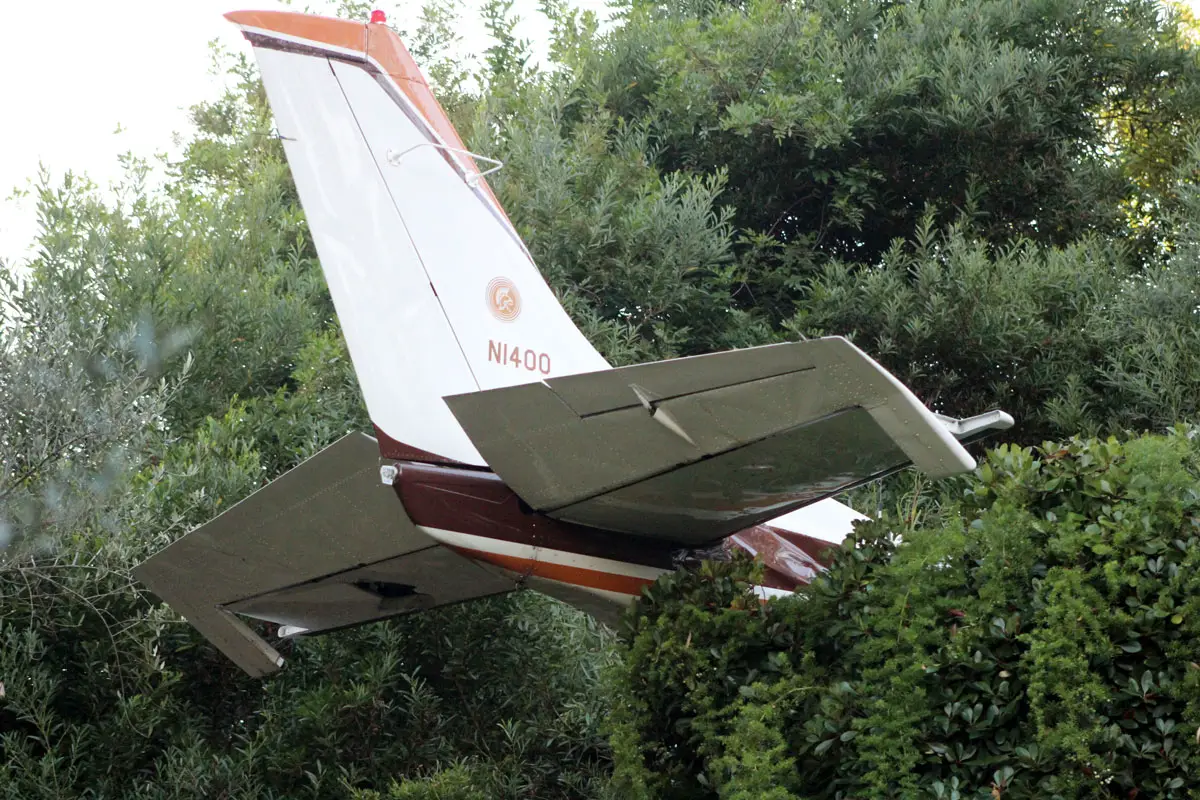
After searching for several hours in the dark, law enforcement eventually located the airplane wreckage roughly 6 miles northwest of Montgomery-Gibbs.
“All major structural components of the airplane were located within the main wreckage site,” NTSB’s preliminary crash report reads.
Salour was the only person found on board the craft, and he was pronounced dead at the scene. The cause of death for Salour was multiple blunt-force injuries, and the manner was determined to be accidental, according to the San Diego County Medical Examiner’s Office.
Longtime friend and associate Luis Figueroa said Salour had contacted him on Nov. 15, the day of the crash, hoping to meet for lunch before leaving town.
“Michael always answered his phone,” Figueroa said, who attempted to contact Salour several times in the days after the crash. “I couldn’t get ahold of him and his voicemail was full. That’s when I knew something was wrong. I was very shocked to learn of his death.”
Figueroa listened to the flight control recordings from Salour’s final trip to try and understand what went wrong but was only left with more questions.
“It was a little tough for me to listen to,” Figueroa said. “All kinds of things happened on that particular flight. First off, the flight was extremely long. Why did they keep him in the air so long? Why not declare an emergency earlier? It’s puzzling with Michael’s extensive flight experience. I wish I could’ve had lunch with him but I was grateful to have spoken with him one last time.”
‘I think he was a genius’
According to his family, Salour’s love of science and flying started as a young boy growing up in Tehran. Born into pre-Shah royalty in 1949, Prince Farokh Salour, a descendant of the Qajar dynasty, was a shy boy and could often be found studying quietly in his room.
At 17, Salour pursued his fascination with aircraft and started secretly taking flying lessons against the wishes of his father, a German-trained engineer and wealthy landowner who owned several concrete factories across Iran.
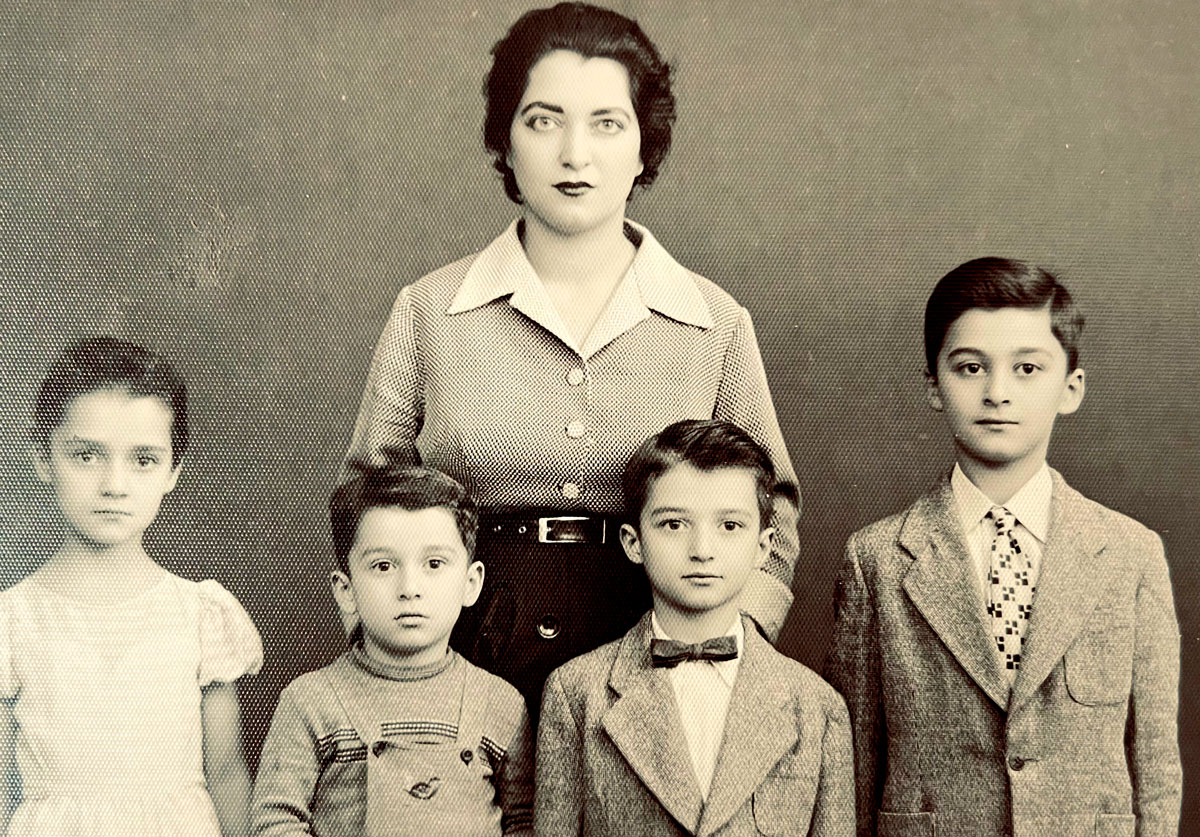
Family members said Salour was dedicated to his studies and graduated with honors from the private all-boys Hadaf High School, a prominent institution similar to a U.S. preparatory school. In 1969, Salour left Iran to study physics at UC Berkeley, changing his given name to Michael.
The quiet, polite and educated young man quickly became popular among colleagues and educators for his friendly demeanor, intellect, generosity and insatiable curiosity.
“My uncle was so popular, even professors would stay in touch with him,” Partvoi said. “I think he was a genius, and everybody knew he was really special.”
After completing his undergraduate work in engineering physics at Berkeley in 1971, Salour earned master’s and doctoral degrees in physics at Harvard University under Dutch-born physicist Nicolaas Bloembergen.
Tai Tsun Wu, professor emeritus of applied physics at Harvard, told The Coast News he met Salour while working in neighboring research laboratories on the same floor of the Gordon McKay Laboratory of Applied Science.
Wu, who since 1953 has focused primarily on high-energy particle physics, said Salour was interested in “more useful” laser physics under Bloembergen. Despite working in different research fields, Wu said they spoke often.
“We kept close even after he received his Ph.D. and left Harvard,” Wu said. “I still can’t get over his untimely death.”
During grad school, Salour would spend the weekends flying in various aircraft and frequently visited a flight simulator in Denver to keep his skills up to date, according to Bechtel, who met Salour as a post-doctoral research fellow at Harvard.
After graduating in 1977, Salour was offered a post-doctoral fellowship in quantum electronics and lasers alongside Professor Daniel J. Bradley at Imperial College in London.
During his early career in academia, Salour held various faculty positions at Harvard, the Massachusetts Institute of Technology and Imperial College, published numerous works in leading physics journals, and worked alongside leading scientists.
In 1981, Salour earned a chaired professorship at MIT under Harold J. “Doc” Edgerton, an electrical engineer who invented the strobe and revolutionized high-speed photography. Salour co-authored published research papers with Nobel laureates, including Bloembergen and French physicist Claude Cohen-Tannoudji.
After several years among some of the world’s most influential thinkers, Salour chose the path of entrepreneur over professor.
‘A dynamo of a person’
In early 1983, Salour launched his first company, TACAN Corporation. The business, located on Faraday Avenue in Carlsbad, later changed its name to IPITEK and shifted into integrated photonics — the use of highly organized light to transmit information quickly — and fiber optics, which transmit data in the form of light signals through thin, flexible strands of glass or plastic.
Salour’s goal was to balance government and defense contracts with commercial work, a business principle he learned from Edgerton, who had previously launched EG&G, a defense contracting business involved in weapons research and development during the Cold War.
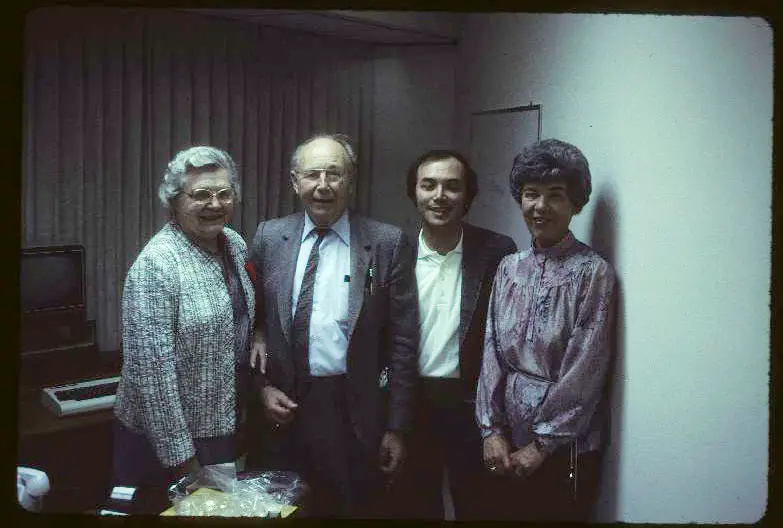
For IPITEK, the focus was on improving telecommunications, namely cable television and broadband.
“Some of the first products IPITEK sold were to a Swiss cable television company that was ahead of the U.S. when it came to fiber optic technology,” Bechtel said.
In the early 1990s, IPITEK provided high-capacity video transmitters for Cox Cable’s central office and high-speed digital communication systems for a mining company in Chile. The company also locked in contracts for passive fiber optic components with telecom giants AT&T and JSD Uniphase.
In San Diego County, IPITEK established fiber-optic communication links for the surveillance cameras on the Coaster trains that run up and down Southern California.
Salour eventually sold a portion of IPITEK to defense contractor L3Harris but continued to work and conduct research at the company.
Bechtel and others who worked with Salour for decades described him as a shrewd businessman with a high motor who got along with everyone.
“He was highly motivated and personable, with a huge network of friends and business contacts he developed over the years,” Bechtel said. “He could be tough when having to deal with business problems. But he was always fair with friends and customers.”
Salour later founded other companies, including Software Defined Technologies, Inc. and Linkatel Communications, creating and managing high-speed optical networks with Provenance Journal Company, Time Warner and The Copley Press and serving San Diego, Orange, and Los Angeles counties. Harold Fuson Jr., then-chief operating officer of The Copley Press, provided funding for Linkatel.
Often working into the night and with little sleep, Salour was endlessly curious and eager to solve problems, boasting a work ethic that produced 19 patents in electro-optic and integrated optical technologies.
Salour was known for late-night phone calls to his associates at IPITEK, troubleshooting problems and discussing ideas well into the early morning hours. By all accounts, Salour’s friends and colleagues were an essential part of his life.
“He always kept contact with old friends and professors, even from 30 to 40 years ago,” Partovi said. “He’d call them if they were sick and visit them. He really cared about them.”
For those who knew him, Salour relentlessly ground toward some undefined end, constantly pushing the boundaries of what was possible and seeking to enhance and perfect the tools of engineering physics.
One of his most recent projects explored embedding metallic nanoparticles into biosynthetic DNA films to shield electronic equipment, protecting phones, computers and other devices from electromagnetic and microwave interference.
“He had many out-of-the-box ideas; some worked out, and some didn’t,” Figueroa said. “I don’t know how he kept everything in his mind. He was good at juggling stuff and just a dynamo of a person in his ability to work, publish papers, conceive patents, and keep his many businesses running. I looked at him not only as a friend, boss, and consultant but also as a mentor. Sometimes, the projects he pursued tried to extend the limits of the known, and I enjoyed being his partner on a few of them. He was a dynamic, one-of-a-kind individual. I will miss him and his telephone calls.

